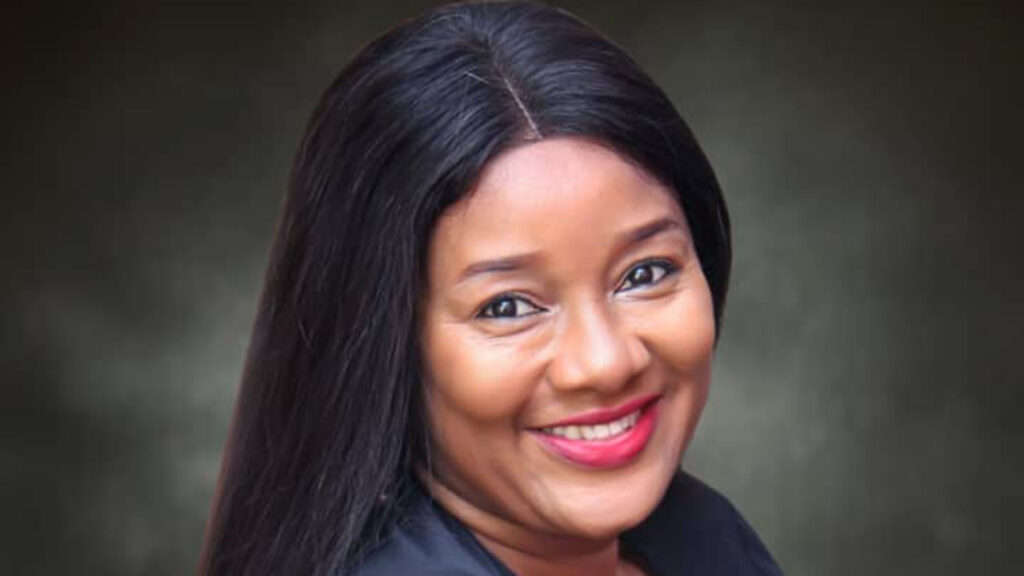If you know any child or you have a child who has serious issues in maths it might be a sign of a learning difference known as dyscalculia. Dyscalculia has both Greek and Latin origin – ‘Dys’ in Greek means ‘difficulty’ while ‘calculia’ is from the Latin word ‘calculare’ which means to count, says child psychologist and founder TGM consulting, Thankgod Ocheho.
Although, the fact is that so many kids struggle with maths, however, for some the difficulty in maths is very frustrating and serious. “Dyscalculia is a learning difference that affects a child’s ability to understand, learn and perform maths or any operation that requires number or calculation. While some people refer to it as number dyslexia or math-dyslexia, this can be misleading because dyslexia is reading difficulty while dyscalculia is math difficulty.”
Ocheho said it is important to note that not all difficulty is caused by dyscalculia, hence adequate assessment of a child’s difficulty in maths before making the conclusion that it is dyscalculia. “There are many children who don’t like maths maybe because they have been told by their teachers, friends or parents that maths is difficult.”
Among the signs and symptoms of dyscalculia include having difficulty recognising numbers; counting money or making change; understanding the logic behind math; lose track when counting; recognising patterns and placing things in order; keeping a grade level in Maths; struggle to connect numerical symbols with their corresponding words, and struggle to process visual-spatial ideas like graphs and charts.
For the child psychologist, some researchers believe that dyscalculia is the result of a lack of concrete early instruction in mathematics. While dyscalculia may occur alongside other developmental delays and neurological conditions, a difference in brain function or structure in the area most related to math ability is believed to be the primary cause.
“It is not really easy to outgrown dyscalculia, that is why even in adulthood one can still have dyscalculia, and so to manage it, there should be repeated practice of basic math concepts, such as counting and addition, private one-on-one home tutoring. Master basic skills before moving on to higher-order skills – don’t try algebra before basic addition, subtraction, division, and multiplication skills are mastered.
Use multisensory math teaching methods (visual, tactile, auditory, movement), allow extra time and provide lots of positive feedback and encouragement. It is also necessary to adopt the use of the latest technology, not only calculators but also online math tools and drills. For example, there are many good free applications for learning multiplication tables.
“In conclusion, it is very important we help children with any of the learning differences to thrive, grow and flourish. We need to be patient with them. They need more encouragement and not a criticism as it is not their fault that they have this disorder.”













